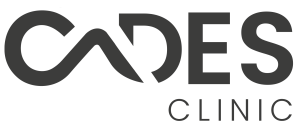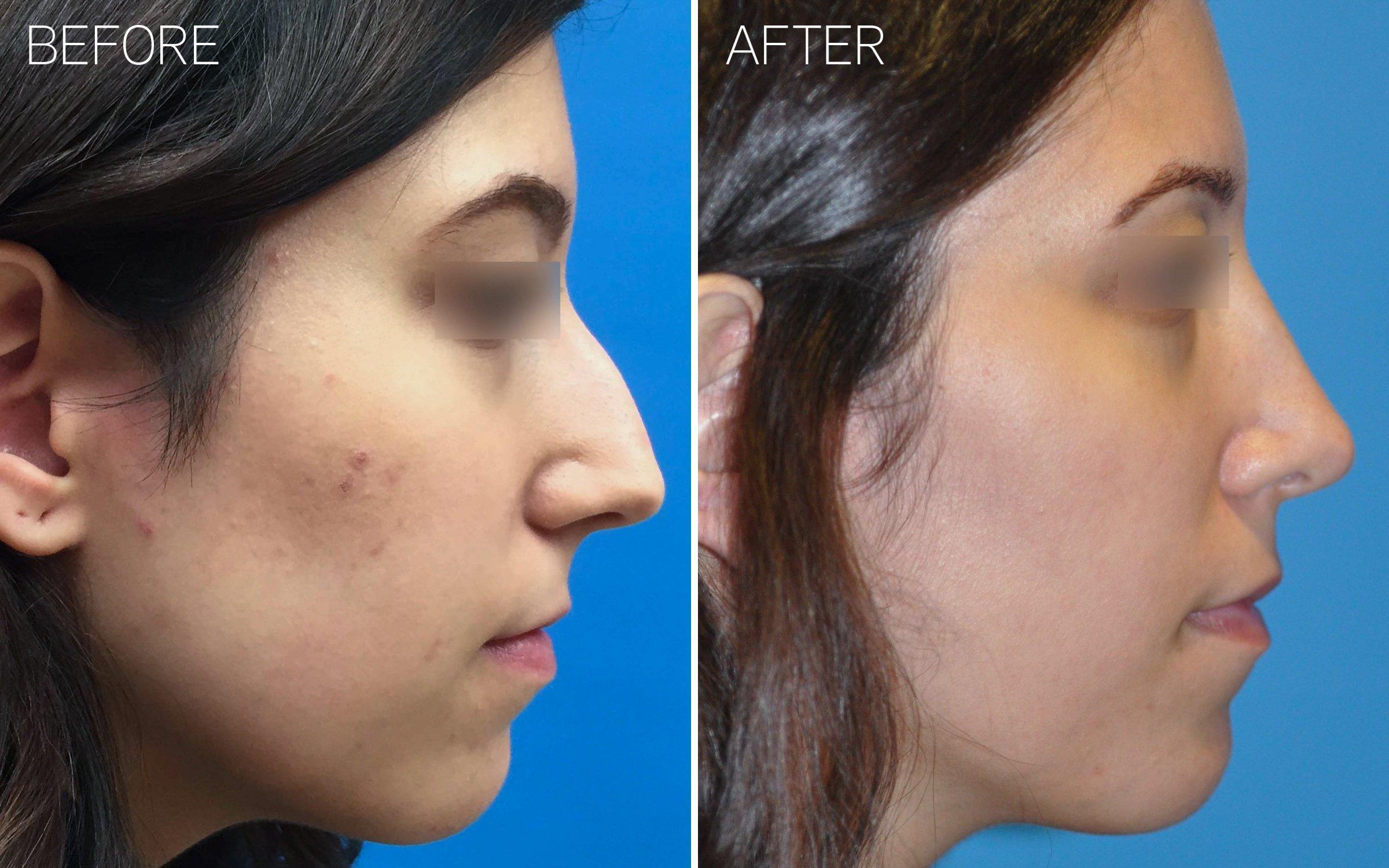Rhinoplasty (nose job) is one of the most frequently performed facial plastic surgery procedures and may be done both for cosmetic and functional reasons.
Rhinoplasty, or surgical nose reshaping, involves altering its size, shape and angle through surgery. If required to address structural abnormalities causing breathing issues. Rhinoplasty also improves aesthetic qualities by making the nose smaller in size or width.
Types
Nose jobs come in various varieties, depending on the reason behind seeking surgery. Most surgeries are aesthetic in nature; however, reconstructive rhinoplasties may also help address medical conditions like broken noses and tissue loss due to illness, injury or cancer treatments.
Reducing the size of your nose through either narrowing of nostrils or decreasing bumps on its bridge can help balance out facial features and enhance overall appearance. Refinement rhinoplasty, similarly, can reshape its tip whether pointy or round through either grafting techniques or synthetic implants.
Procedure
Rhinoplasty is a cosmetic or medical procedure to alter the shape of a nose for cosmetic or medical purposes, such as cosmetic enhancement or correcting breathing issues due to nasal deformities. Rhinoplasty can also help address birth defects, injuries or trauma that have compromised its structural integrity.
A surgeon makes a small incision across the columella, an area of skin and tissue between nostrils. This provides access to cartilage and bone that form the nasal structure. Once they have access, the surgeon removes or adds tissue as necessary in order to reshape it; cartilage may come from within or from other parts of the body (ie septum/ear graft). If more cartilage is necessary in order to reduce hump size further on, for example they could add one from there or even both!
Option 2 involves employing a full-thickness skin graft procedure, which is ideal when the nasal wound requires soft-tissue coverage of its underlying skeleton but is too large to heal with primary intention sutures alone. An excellent source for skin-graft material would be from within the patient’s ear – which has high quality low density skin with minimal hair follicles and sebaceous glands.
Nose jobs can be performed for both cosmetic and medical reasons, and both men and women may undergo the procedure. It is important to keep in mind that each face and nose is unique, therefore results will differ between patients.
Recovery
Your initial discomfort after the procedure should be controlled with medication and should subside within one or two weeks; swelling and bruising, however, may take longer; for best results it is wise to delay exercise and strenuous activities until this has taken place.
Consume foods that won’t contribute to inflammation. A protein-rich diet may promote healing while helping reduce swelling. Furthermore, smoking limits blood flow which delays recovery time.
After having your nose job, it is wise to set up regular follow-up visits with your physician. This allows them to check that it has healed correctly and that there are no complications that need addressing. At these visits, you can discuss any concerns that you have with regards to your procedure as well as get answers for any questions that you might have. It is vitally important that you follow any instructions given by the surgeon as failing to do so may have adverse effects and lead to additional problems down the road.
Cost
Cost of nose jobs depend on both the procedure you undergo and your surgeon’s qualifications; in general, double board-certified facial plastic surgeons tend to charge more. Geographic location also plays a factor – larger cities often have higher overhead costs that get passed on directly to patients. Do your research carefully when searching for a surgeon that you trust and finds results you desire; remember that nonsurgical options such as injectables may need repeat treatments over time which can add up over time5.5
Rhinoplasty typically isn’t covered by insurance unless performed to treat an existing medical issue or correct an anatomical birth defect.
Disclaimer: The content on this blog is intended for general informational purposes only. It is not a substitute for professional medical advice, diagnosis, or treatment. Always consult qualified healthcare providers for personalized advice. Information regarding plastic surgery, dental treatment, hair transplant, and other medical procedures is educational and not a guarantee of results. We do not assume liability for actions taken based on blog content. Medical knowledge evolves; verify information and consult professionals. External links do not imply endorsement. By using this blog, you agree to these terms.





